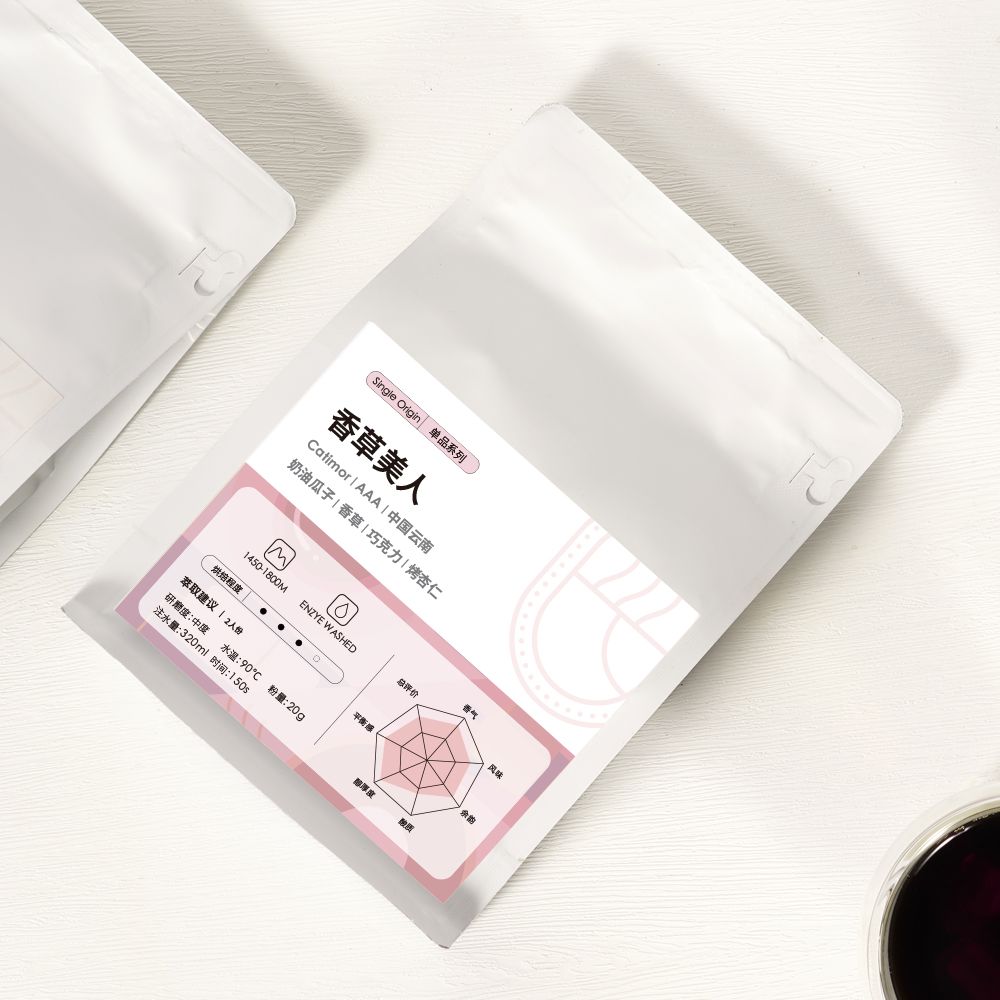
Coffee enthusiasts embark on a delightful journey through a diverse array of coffee bean varieties, each offering its own distinctive flavor profile and characteristics. Let’s get into the amazing world of coffee beans – from the popular Arabica & Robusta to lesser-known gems such as Ethiopian Yirgacheffe & Colombian Supremo.
1. Arabica vs. Robusta:
Arabica and robusta are the two most common species of coffee beans grown worldwide. Arabica beans, famous for their smoothness, acidity and complex flavor profiles, are preferred by connoisseurs for their subtle scents and fruity notes. On the other hand, robusta is known for its stronger taste with more caffeine content and slight bitterness. While one is costly due to its quality output, the other is cheap because it can withstand harsh conditions; hence it is used in espresso blends or instant coffee.

2. Ethiopian Yirgacheffe:
Ethiopian Yirgacheffe is an esteemed handcrafted variety that offers flowery tastes with hints of citrus, often described as obviously alive-like fragrance. Grown at high elevations in Ethiopia’s highlands, beans from this region benefit from rich volcanic soil combined with optimum climatic conditions leading to a uniquely bright acidity but light tea-like body quality. The washed method is used to process Yirgacheffe beans that undergo careful fermentation and washing so that their original flavors may be retained.
3. Colombian Supremo:
Colombian Supremo has a well-balanced taste profile featuring medium acidity levels, moderate body feel and nutty after notes. These beans come from Colombia’s mountainous regions which have various microclimates making them versatile enough for different brewing techniques required in creating coffee with shorter or longer extraction times like espresso machines or traditional drip brewers respectively. Most Columbian Supremo beans are harvested following the washed process that enhances a clear cup with higher brightness for instance.
4. Influence of Altitude, Soil, and Processing:
Flavor, aroma and body of coffee beans are affected greatly by factors such as altitude, soil type and processing method. Higher altitudes make the beans mature slowly hence getting complex flavors and acidity due to lower temperatures. Further still, minerals present in the soils where beans grow bring certain properties that give them a sense of place or terroir thus differentiating one region from another. Finally, sugar content in coffee cherry skins may be removed either through washing (wet) method or natural sun drying (dry) process therefore impacting on sugar contents among other things.
While being exposed to the great variety of coffee bean types available all over the world, coffee lovers get a chance to taste various flavors which appear as an intricate tapestry composed of tastes, smells and textures; each having its own story of origin & craftsmanship. The expression “coffee is life” never rings truer than when sipping on bright Ethiopian Yirgacheffe or balanced Colombian Supremo; therefore it can always be said that this favorite drink keeps evolving in one’s cup forever making every sip an adventure.